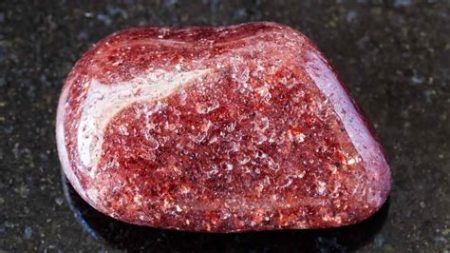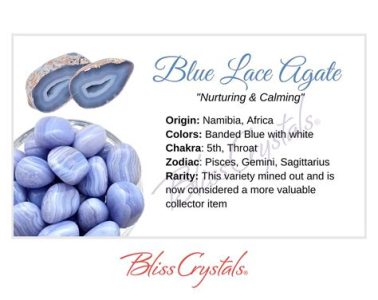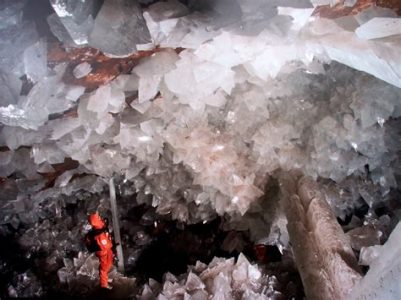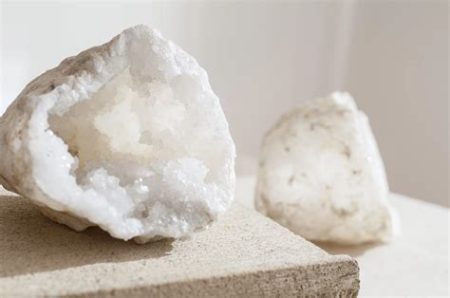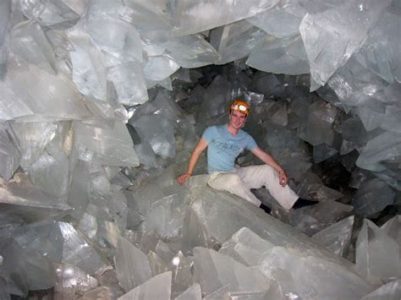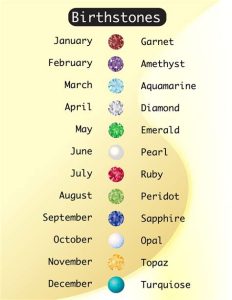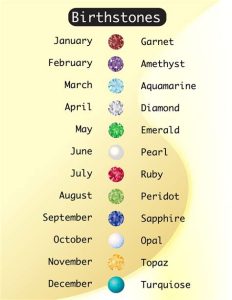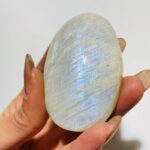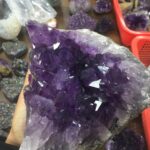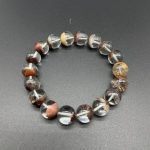Introduction
Crystal jewels, also known as gemstones, have captivated human hearts for centuries. Their captivating brilliance and allure have made them symbols of beauty, prestige, and power. However, the rise of synthetic gemstones has sparked a debate about the relative worth and desirability of these two options.

Natural vs. Synthetic Crystal Jewels
Origins
- Natural: Formed deep within the Earth’s mantle over millions of years
- Synthetic: Created in laboratories under carefully controlled conditions
Composition
- Natural: Composed of minerals with complex crystal structures
- Synthetic: Typically made of similar materials as their natural counterparts but lack natural impurities
Value
- Natural: Often more valuable due to their rarity and unique characteristics
- Synthetic: Generally less expensive, making them more accessible
Comparison Table 1: Natural VS Synthetic Crystal Jewels
| Feature | Natural | Synthetic |
|---|---|---|
| Origin | Earth’s mantle | Laboratory |
| Composition | Minerals | Similar materials, lack impurities |
| Value | Higher | Lower |
Pros and Cons of Natural and Synthetic Crystal Jewels
Natural
Pros:
- Unique: Each stone has its own distinctive inclusions and characteristics
- Durable: Exceptionally resistant to wear and tear
- Rare: Finite supply, enhancing their value
Cons:
- Expensive: Limited availability drives up prices
- Ethical concerns: Mining practices may raise environmental and social issues
Synthetic
Pros:
- Affordable: Mass production makes them more accessible
- Consistent: Uniform characteristics ensure predictable quality
- Sustainable: Laboratory creation eliminates mining impacts
Cons:
- Lack character: May not possess the unique inclusions of natural gemstones
- Lower value: Generally perceived as less valuable than natural counterparts
Emerging Applications for Crystal Jewels
Beyond traditional jewelry, crystal jewels have found innovative applications in various industries:
- Medical: Synthetic diamonds used in medical instruments for their exceptional hardness
- Industrial: Industrial-grade diamonds employed in cutting and drilling tools
- Electronics: Crystals used in electronic components due to their electrical conductivity
The Future of Crystal Jewels
The crystal jewel industry is poised for continued growth. Natural gemstones will likely remain prized for their exclusivity and historical significance. Synthetic gemstones will gain popularity as affordable, sustainable alternatives. Hybrid options, combining natural and synthetic elements, may also emerge.
Current Status and Future Trends
Current Status:
- Natural gemstones still dominate the luxury jewelry market ($150 billion)
- Synthetic gemstones account for a growing share in mid-range and industrial applications (over $50 billion)
Future Trends:
- Increased demand for sustainable options, driving growth in synthetic gemstones
- Development of hybrid crystal jewels offering unique combinations of natural and synthetic attributes
Case Study: Diamonds
Natural diamonds have long been the epitome of crystal jewels. However, synthetic diamonds have emerged as a formidable competitor, offering similar brilliance and durability at a fraction of the cost.
| Feature | Natural Diamond | Synthetic Diamond |
|---|---|---|
| Origin | Earth’s mantle | Laboratory |
| Composition | Carbon | Carbon |
| Hardness | 10 on Mohs scale | 10 on Mohs scale |
| Value | $200-$400,000 per carat | $10-$200 per carat |
Frequently Asked Questions
- What is the most expensive crystal jewel? Natural emerald
- What are synthetic gemstones made from? Typically minerals or compounds similar to their natural counterparts
- Are synthetic gemstones as valuable as natural gemstones? Generally no, but value can vary depending on rarity and quality
- What are the ethical concerns surrounding natural gemstone mining? Environmental degradation, human rights violations
- Are synthetic gemstones more sustainable? Yes, as they eliminate the impacts of mining
- What are emerging applications for crystal jewels? Medical, industrial, electronics
- What are the future trends in the crystal jewel industry? Sustainability, hybrid options
- How can I tell if a gemstone is natural or synthetic? Consult a certified gemologist for professional analysis
Conclusion
Crystal jewels have played a pivotal role in human history, adorning kings and queens, inspiring legends, and symbolizing love and commitment. While the emergence of synthetic gemstones has challenged the traditional hierarchy, both natural and synthetic options offer unique advantages and applications. As the crystal jewel industry evolves, consumers will continue to seek out these captivating gemstones for their timeless beauty and enduring value.

